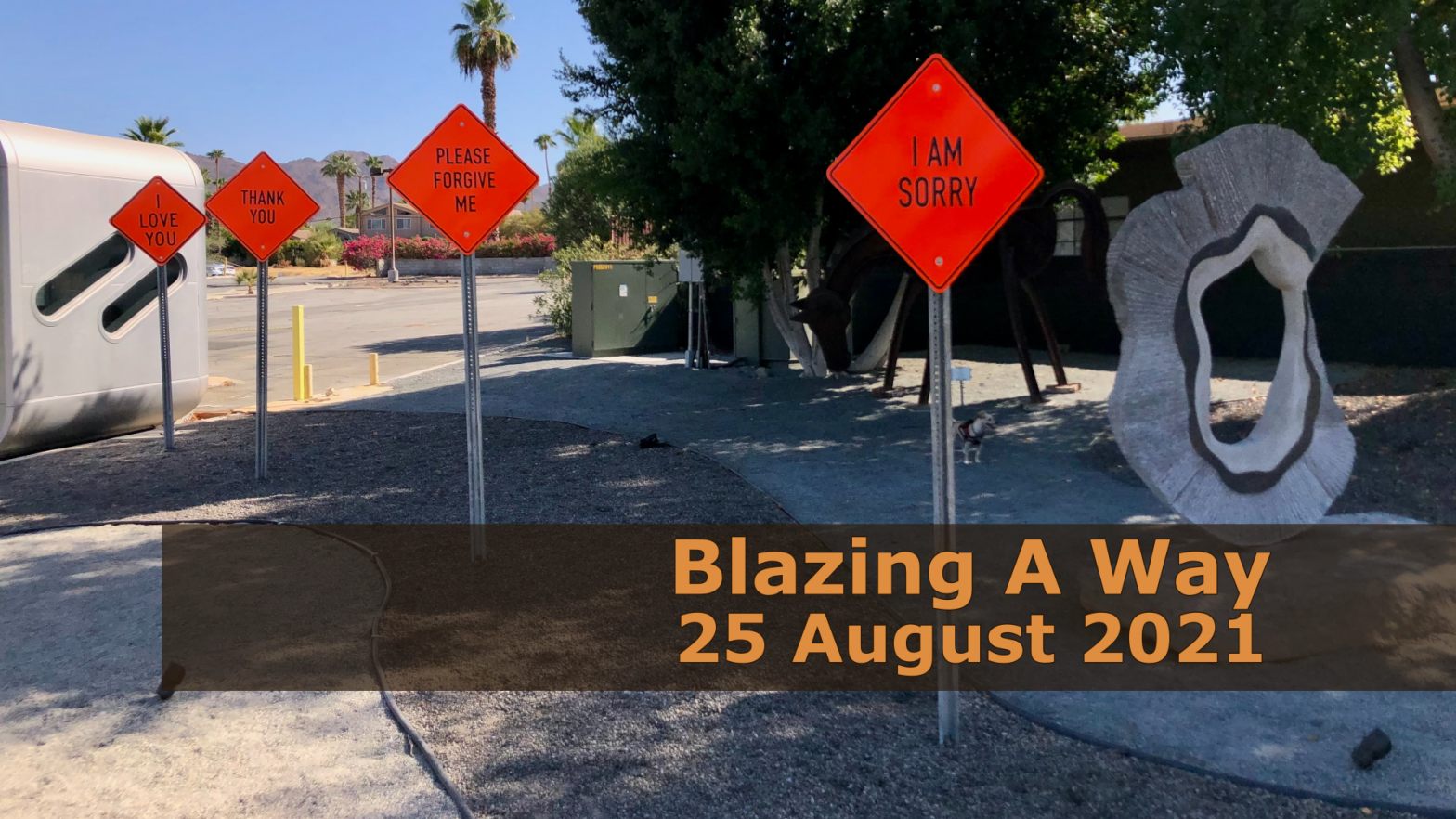Read: Luke 9:18–50
One of the reasons I love and appreciate the concept of the “church year” is that we are often confronted by the hard passages, especially those that often make no sense to our post-enlightenment (i.e., science- and data-driven) minds. This is, as you probably inferred, one of those days.
Today is Transfiguration Sunday. It is this strange day that we “witness” a strange experience that defies our everyday experience.
Luke’s “bookends” of the Transfiguration are: before, Peter’s declaration of Jesus as Messiah, Jesus’s subsequent command to be silent, and Jesus’ prophesy of his suffering road, and his prophesy of sacrifice for and by those that follow him; after, a healing and Jesus’ rhetorical question of the unbelieving character of the Jews (and, honestly, most of humanity). With what most of us believe about God (God has a plan) and the Scriptures (the Scriptures help us interpret the Scriptures), these seemingly unrelated events before and after the Transfiguration should affect how we view the Transfiguration.
If we view the Transfiguration and its bookends as a “movie” of the Christian life, it disturbingly makes sense. “Who do YOU say I am,” Jesus asks. Peter responds, “the Messiah.” Sounds like a person accepting Jesus Christ as their Lord and Savior (salvation).
Jesus then says, “deny yourself. Daily sacrifice yourself. The world will demand you deny me and be ashamed of me.” One of the first struggles of a new believer (and long-time believers, too) is the realization that accepting Jesus as Lord and Savior is only the beginning. Life-giving hardship is the Christian life.
The Transfiguration is (in the context of our “movie”), then, like the Holiness Movement concept of the Second Work of Grace (i.e., Entire Sanctification in Church of the Nazarene verbiage). We are “transfigured”—not by our will (other than a will to self-sacrifice and submission to the will of God)—by the will and work of God to be “transfigured” into the likeness of our holy God, and particularly in the likeness of Jesus Christ.
In A Plain Account of Christian Perfection, John Wesley (who “codified” the conception of Entire Sanctification) noted, we are to rarely, if ever, to speak of our experience of this “transfiguration”. This is similar to the actions of Peter, James, and John who kept silent about their experience. They shared it later, at the right time and to the right people, to reinforce the place of Jesus Christ in their experience of and with God.
After this life-changing experience, then we come back to the real world (coming down the mountain) and face demands for miracles, healings, along with the unbelief of the world, and often even our own disbelief at the miracles of God. This disbelief is often not merely about “miracles”, but our transformation by God that we didn’t “earn”. We could even go so far as to say that the “unbelieving” performers of miracles (Luke 9:49–50) are like our scientists and doctors who perform “miracles” that could not possibly be imagined in the days of Jesus.
We also have the sad, but real, argument between those who claim to follow Jesus about who is better (Luke 9:46–48). Those arguments can follow theological lines, church formation lines (ecclesiology), spiritual formation lines (holiness), political lines, gifting lines, and so on. This is the object lesson for denominations (even the earliest split resulting in Orthodox and Roman Catholic, long before Protestants), church splits, and church departures.
When we read the Scriptures and find passages that we feel conflict with other Scriptures, or our experiences and understandings, perhaps it is times like that when we can best view ourselves through the lens of God.
May God who Transfigures us poor and needy people into those that glow and reflect the glorious and holy light of Jesus Christ. Amen.







